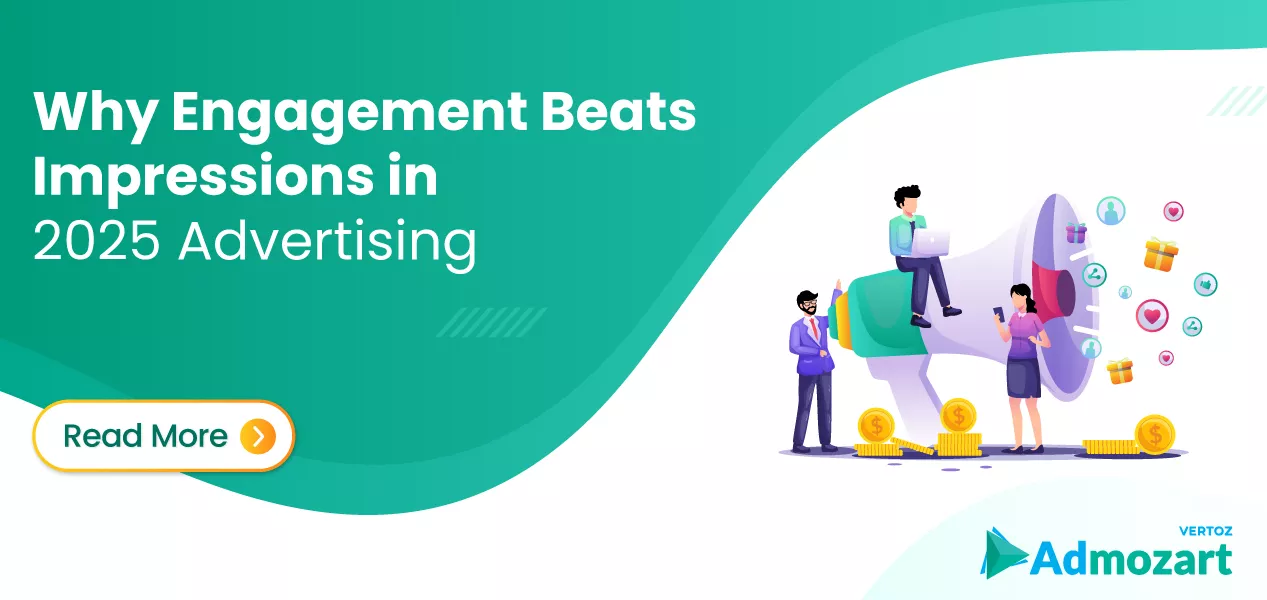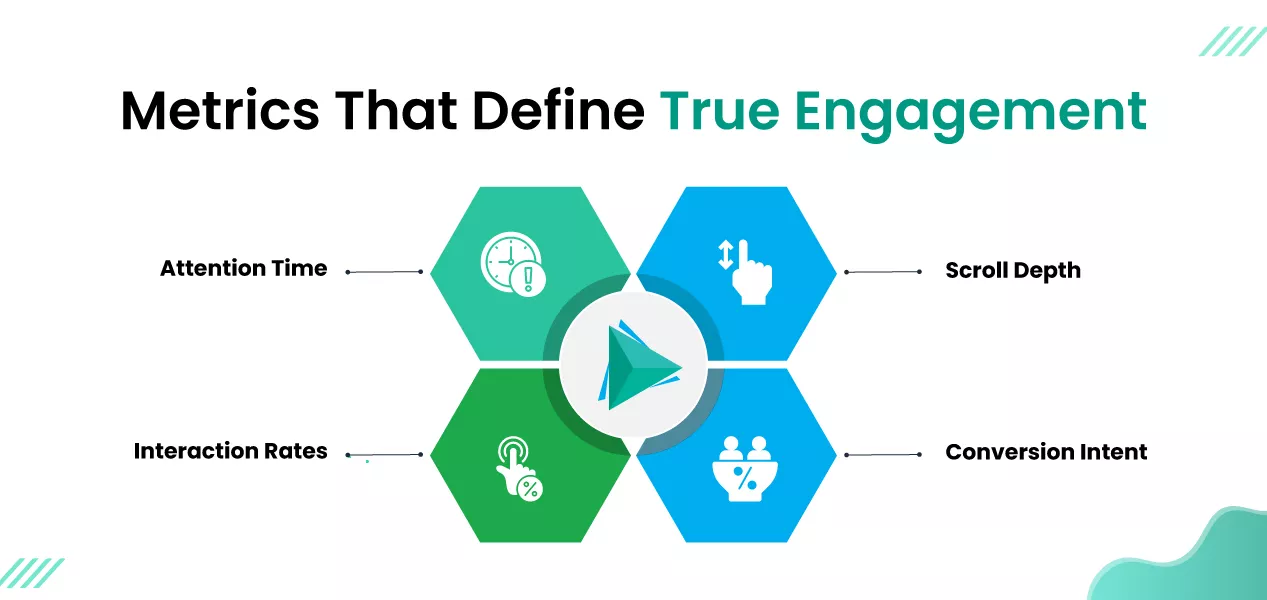
For years, digital advertisers have leaned on a simple truth: if people see the ad, the job’s done. Impressions and clicks became the industry’s comfort zone: easy to measure, easy to report, and easy to celebrate. But let’s be honest, those numbers never told the whole story.
An impression proves only that an ad appeared somewhere. A click might mean interest, or it might mean someone trying to close the window. The reality is, neither metric reveals what matters most, whether the audience actually paid attention, connected with the message, or remembered the brand once the page closed.
That’s why the conversation in programmatic advertising has shifted from surface-level visibility to true engagement measurement, tracking how people interact, how long they stay engaged, and what ultimately drives them to act.
Why Legacy Metrics Fall Short
In the early days of programmatic, advertisers needed something to measure, so impressions and CTR became the go-to standards. But as technology evolved, those metrics stopped keeping up with reality.
A high CTR might look impressive in a dashboard, but it doesn’t prove the ad was meaningful. You can have thousands of clicks and zero conversions, or worse, minimal brand recall. These legacy metrics explain exposure, not experience; understanding real impact requires measuring programmatic success.
Today, advertisers want more. They want to understand the depth of audience connection, not how many people saw the ad, but how many stayed engaged and cared enough to move closer to conversion.
Attention
If you had to pick one metric that defines modern success, it’s attention time.
Attention measures more than exposure; it captures cognitive presence, the seconds when your ad truly holds focus. And in a landscape overflowing with content, those seconds are priceless. They tell you not just if an ad was seen, but if it resonated.

Other engagement signals help complete the picture:
- Interaction Rates: The moments when users hover, swipe, tap, or play—proof of curiosity beyond a passive view.
- Scroll Depth and Engagement Depth: How far people move down the page and how long the ad remains visible within that frame, revealing how naturally it fits the user’s browsing flow.
- Conversion Intent: Using AI in measurement, machine learning now links engagement patterns with purchase behavior, predicting conversion likelihood before a single click happens.
Together, these qualitative metrics form the foundation of programmatic engagement, real signals that show when an ad earned attention, not just appeared on-screen.
The Role of AI and Programmatic Intelligence
Capturing this kind of insight requires more than analytics; it requires intelligence. Programmatic intelligence, powered by machine learning and ad optimization, is transforming how engagement is measured and acted upon.
AI doesn’t just collect data; it connects the dots. It learns which placements deliver longer viewability durations, which creatives sustain attention, and which contexts invite deeper interaction.
The result is a smarter, continuous optimization cycle:
- Smarter Bidding: Algorithms automatically prioritize inventory proven to drive higher attention and engagement depth.
- Creative Feedback Loops: The system recognizes which visuals, messages, or CTAs capture interest, then redistributes spending accordingly.
- Real-Time Optimization: Campaigns evolve mid-flight, adapting to patterns of attention as they emerge, not after the fact.
It’s a shift from reactive reporting to active learning, the difference between knowing what worked and improving what’s working now.
DCO and True Engagement
Data alone can’t keep users engaged; creativity does. That’s where Dynamic Creative Optimization (DCO) principles change the game. Advertisers today can test countless creative versions simultaneously, optimizing not for CTR but for engagement depth, attention time, and interaction rates—the metrics that truly reflect audience connection.
If one version of an ad—say, a specific product image and headline—holds focus for a few seconds longer, the system identifies that pattern and replicates it for similar audience segments. It’s creativity that adapts on the fly, blending automation with genuine human resonance.
At Admozart, we apply the same creative optimization logic that drives DCO—combining engagement signals with programmatic analytics to turn attention data into real, actionable insights. It’s how we help advertisers translate creativity into measurable impact.
Admozart’s Perspective
We at Admozart think that the future of programmatic advertising analytics is in evaluating effect instead of activity. Our technology is designed to assist marketers in figuring out the “why” behind performance. For example, why one ad gets more attention, why some groups remain longer, and what finally transforms engagement into conversion.
We combine classic delivery analytics with more modern ones like scroll depth and attention time to provide marketers a full view of how well their campaigns are doing. Our engagement-first optimization approach, inspired by DCO principles, doesn’t just focus on visibility—it’s designed to strengthen audience connection and campaign relevance. This makes sure that every impression has a purpose and every view has value that can be measured.
This isn’t about chasing numbers. It’s about transforming attention as currency into something every advertiser can quantify and refine.
Conclusion
Attention is not just a term but an asset that can be measured and is what brands will need in the future of advertising. There will always be clicks and views, but they can’t explain feeling, interest, or impact. Real measurements of involvement can. Not only does it show who saw the ad but also how they felt about it? Because of this, Admozart stays on top: it helps marketers move beyond views and clicks to campaigns that measure what matters most: attention, rapport, and long-lasting results.
Comments are closed